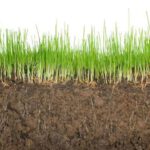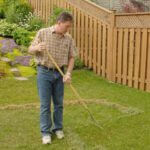How to Test Your Soil and Why
Why Test Lawn Soil? The first step to a healthy lawn routine is understanding what your lawn soil is made of. All soils pose their own challenges. A lawn soil test will also indicate your soil’s current pH, macronutrients, and micronutrients that naturally exist in your lawn. Having this unique baseline data will tell you Read more…



